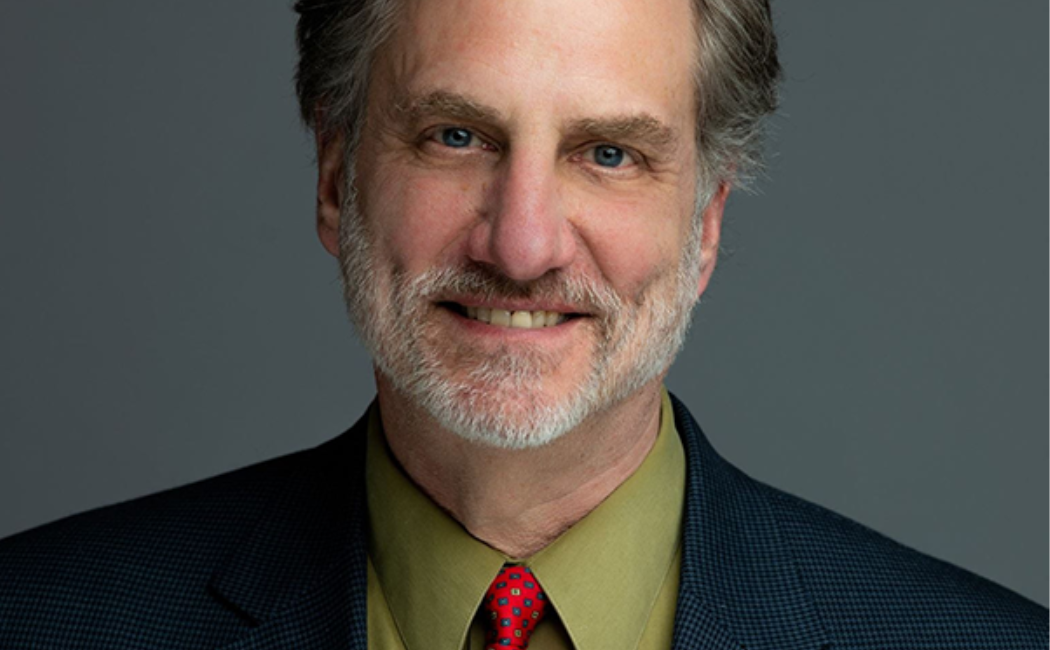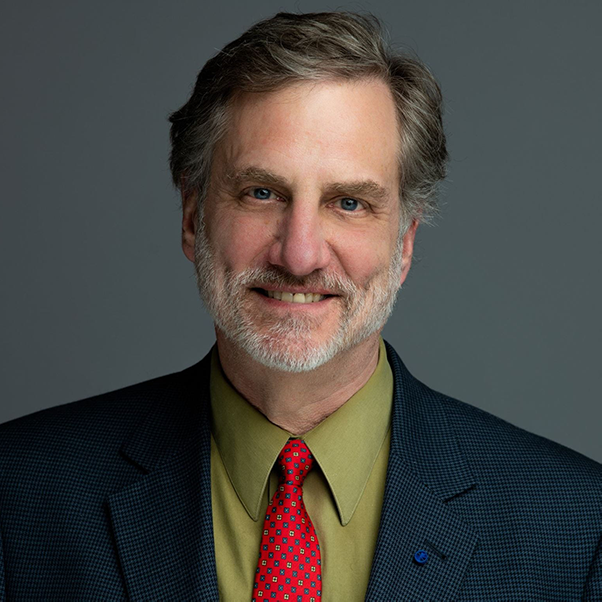


Presented by

Substantial progress has been made in using microbial fuel cells (MFCs) that can also produce electricity or microbial electrolysis cells (MECs) that produce hydrogen gas. Two different designs have emerged based on tubular cells or plate-and-frame (flat) geometries. For both architectures, the choice of the electrode size and spacing can impact cathode packing densities and thus possible volumetric performance. The cathode has been the main focus of MFC research in recent years, with modifications of activated carbon cathodes that have resulted in power densities of 2.5 to 4.7 W/m2 in laboratory scale MFCs using acetate, and up to 0.8 W/m2 with typical low-strength domestic wastewater. How much higher could these power densities go? A new electrode potential slope (EPS) method is presented that can be used to quantify power production and examine limits in power production from the perspective of minimizing electrodes spacing and quantifying electrode area-resistances. A second challenge in wastewater treatment in nitrogen removal. A new electrochemical method based on using intercalation (battery-type) electrodes will be presented for removing and recovering ammonia nitrogen from wastewaters.
Professor Bruce E. Logan is an Evan Pugh University Professor in Engineering, the Stan & Flora Kappe Professor of Environmental Engineering, and Director of the Engineering Energy & Environmental Institute at Penn State University. Logan is also the Editor of ES&T Letters, published by the American Chemical Society (ACS). His current research efforts are in renewable energy production and the development of an energy sustainable water infrastructure. Dr. Logan has mentored over 130 graduate students and postdocs and hosted over 40 international visitors to his laboratory. He is the author or co-author of several books and over 500 refereed publications (>76,000 citations, h-index=136; Google scholar). Logan is a member of the US National Academy of Engineering (NAE), and a fellow of several professional organizations including the American Association for the Advancement of Science (AAAS) and the International Water Association (IWA). Logan is a visiting professor at several universities including HIT, Tsinghua University, Dalian University of Technology (China), with ties to several other universities in Saudi Arabia, the UK, and Belgium. He received his Ph.D. in 1986 from the University of California, Berkeley, and prior to joining Penn State in 1997, he was at the University of Arizona in Tucson.